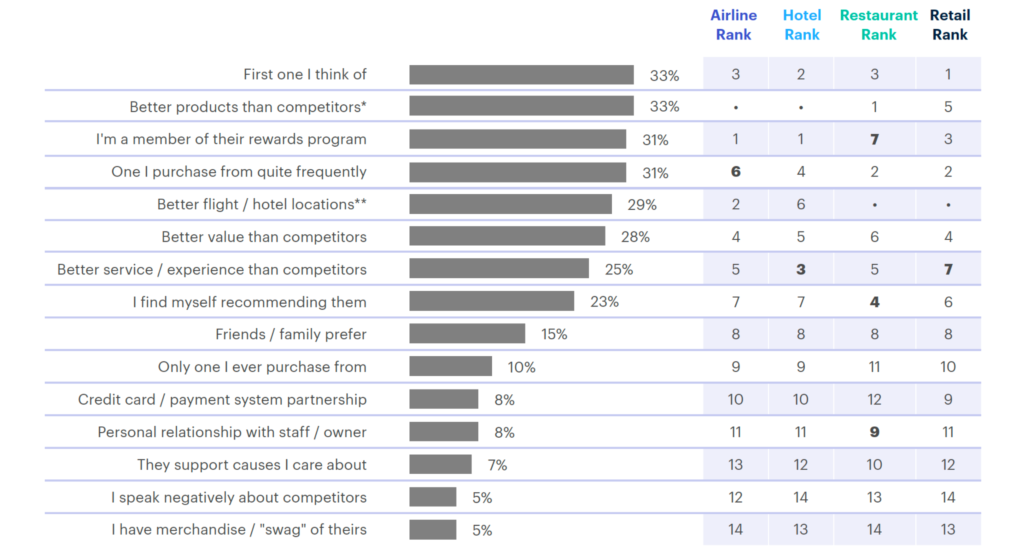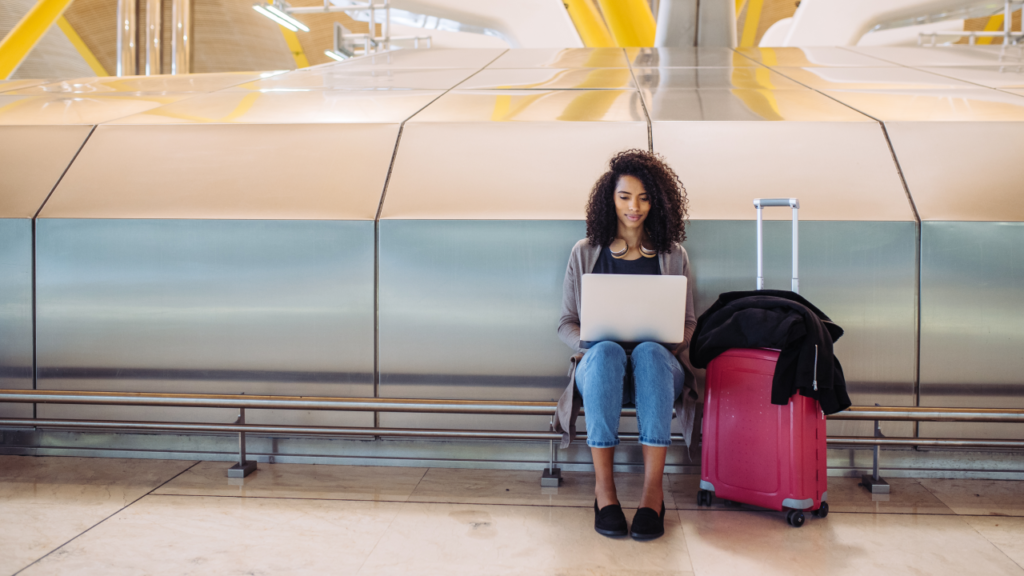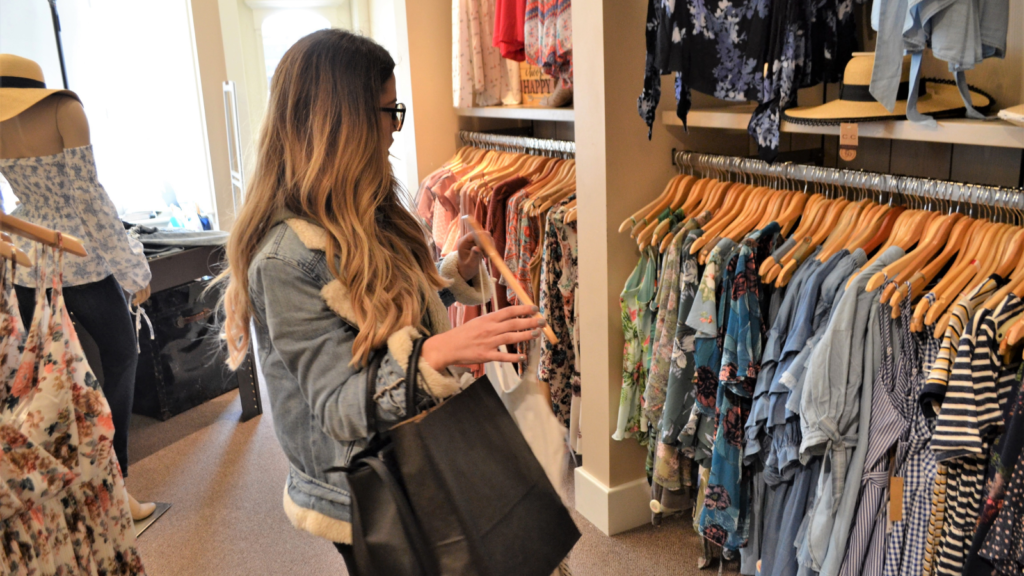New customer loyalty research reveals how to gain loyal customers, the best way to measure customer loyalty, and which industry has the most loyal customers among airline, hotel, restaurants, and retail brands.
Wondering what makes a customer loyal, how loyal customers are across industries, and how to gain loyal customers? My colleagues and I had the chance to answer these questions and more as part of our new customer loyalty research study conducted by Medallia Market Research. The findings are available in our new report: Redefining Customer Loyalty.
The customer loyalty statistics shared here are based on an April 2022 analysis of the following: Medallia’s credit/debit transaction panel for behavioral metrics, tracking the activity of over 5 million opted-in consumers within the airline, hotel, restaurant, and retail industries, combined with a separate survey panel for attitudinal data with a sample size of 2,022 general population restaurant and retail customers, 1,650 general population hotel and airline customers, and 1,474 pre-Covid hotel and airline business travelers.
What Makes a Customer Loyal to an Airline, Hotel, Restaurant, or Retail Brand?
When our team asked survey participants to share the top reasons they feel loyalty toward a particular brand, consumers consistently cited that one of the main factors is that the company is the first to come to mind when they think of a given product or service category. This was the #1 reason cited by retail customers, the #2 reason for hotel customers, #3 for restaurant and airline customers, and #1 overall for customers across industries.
Based on the survey responses we received, we found that the other top drivers of customer loyalty include:
- Product quality: This is the #1 factor that influences restaurant and retailer customer loyalty
- Loyalty program membership enrollment: Hotel and airline customers say this is their #1 driver of loyalty
- How often the customer purchases from the brand: Being a frequent purchaser is the #2 reason restaurant and retail customers say they feel loyal to a brand and the #4 and #6 reason hotel and airline customers say they feel loyal to a brand, respectively
In fact, consumers say these factors influence their customer loyalty more than when brands support causes they care about (the #13 factor that drives customer loyalty across industries, according to our research), when a brand is one that their friends or family prefer (#9), or when customers have a personal relationship with the brand’s staff or owner (#12).

How Can Brands Increase Customer Loyalty?
Based on the survey responses we received, we see that brands that want to increase customer loyalty should prioritize strategies that place their brand top-of-mind for their customers over the competition, such as by investing in 2-way SMS to keep in touch with customers between visits or purchases.
Within the airline and hotel verticals specifically, we see that consumers associate the idea of “loyalty” with brand’s loyalty rewards program, citing being a member of the company’s rewards program as their #1 reason for feeling loyal to a brand. This is true to a lesser degree for retail customers as well, who cite this as their #3 reason for feeling loyal. There’s not as strong a link for restaurant customers, who cite this as their #7 choice among the top factors that drive their brand loyalty.
When our researchers asked our study participants what a brand could have done differently to make them more loyal, they said brands could lower their prices and offer better value for the money — choices that ranked in the top three responses across airline, hotel, restaurant, and retail customers.
What’s the Best Way for Brands to Measure Customer Loyalty?
Brands typically measure customer loyalty by looking at data from their own internal systems, tracking things like purchase frequency, lifetime value, NPS® survey responses, and engagement. While these measures can reveal how different segments are performing — pinpointing active customers versus inactive ones and promoters versus detractors — this limits insights to interactions between consumers and a given brand, and fails to provide any competitive context on that consumer’s behavior with a given product category as a whole.
For instance, your customers might engage with your brand frequently, but that could simply be a reflection of the fact that they engage with your industry frequently as well. With the added layer of external insights, you would be able to see if your customers are actually interacting with your competitors at a higher frequency — something your internal data won’t reveal.
That’s why Medallia Market Research approaches things differently. We measure customer loyalty by tracking consumer panelist activity within the entire market. That way, all of the market activity of a given consumer is considered — such as dollars spent or number of trips to both you and your competitors — to determine what market share of loyalty your brand is earning.
Measuring customer loyalty in this way helps differentiate which customers truly are demonstrating loyalty by spending a high proportion of their total in a given category to one brand over the competition. If you want to detect competitive threats and opportunities for improvement in your category, be sure to benchmark your customers’ share of spend against your competitor’s customers’ share of spend.
Which Industry Has the Most Loyal Customers?
As part of our research into customer loyalty, we wanted to find out which industry has the most loyal customers within the airline, hotel, restaurant, and retail industries. Our team looked at how many customers are represented in each industry, how frequently they make purchases, and how many brands they make purchases with within a given vertical.
Based on our analysis, we found out that airlines, followed closely by hotels, have the biggest share of loyal customers, compared to restaurants and retailers.
It is true that fewer people in the population are customers of airlines and hotels and that these consumers complete transactions with these brands less often than the customers of restaurants and retailers do. As a result, a given consumer may spread out their activity across a smaller number of airlines or hotels than they would within the restaurant and retail industries, and will appear more “loyal” to the airline or hotel they use most often. However, airline and hotel brands see a more loyal average customer even when controlling for this.
Redefining Customer Loyalty
Customer loyalty is a critical driver of success for brands. If you want to make the most out of your investments in customer loyalty, be sure to check out our full Redefining Customer Loyalty report.
You’ll learn how the customer loyalty landscape is evolving, get the latest insights on what’s shaping customer loyalty today, and unlock new ideas for adapting your customer loyalty strategies to gain a competitive advantage within your industry as our researchers reveal how the pandemic has affected customer loyalty, whether customer rewards programs really help improve loyalty, how consumers feel about brand loyalty programs, and what features customers want to see in customer loyalty programs.








